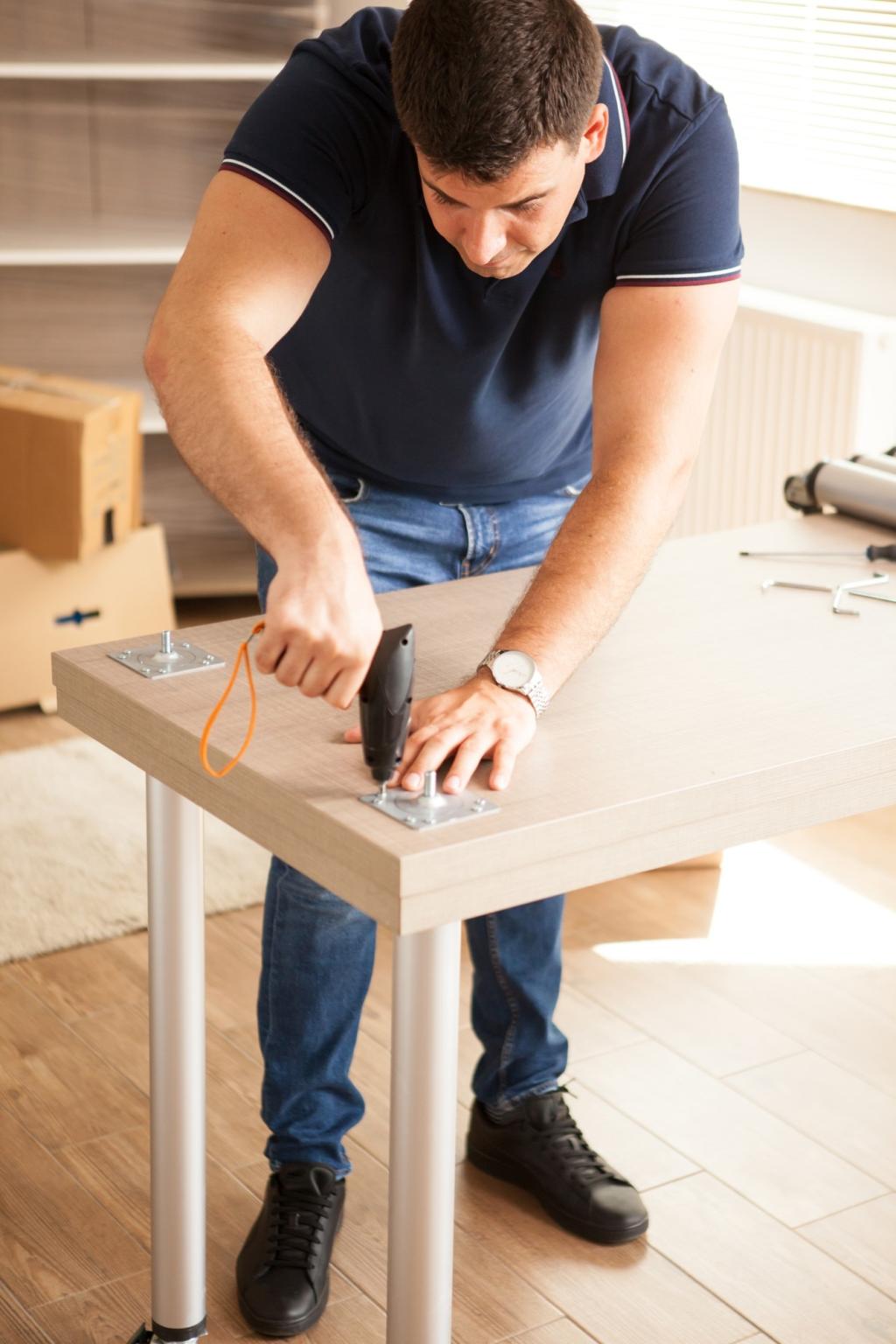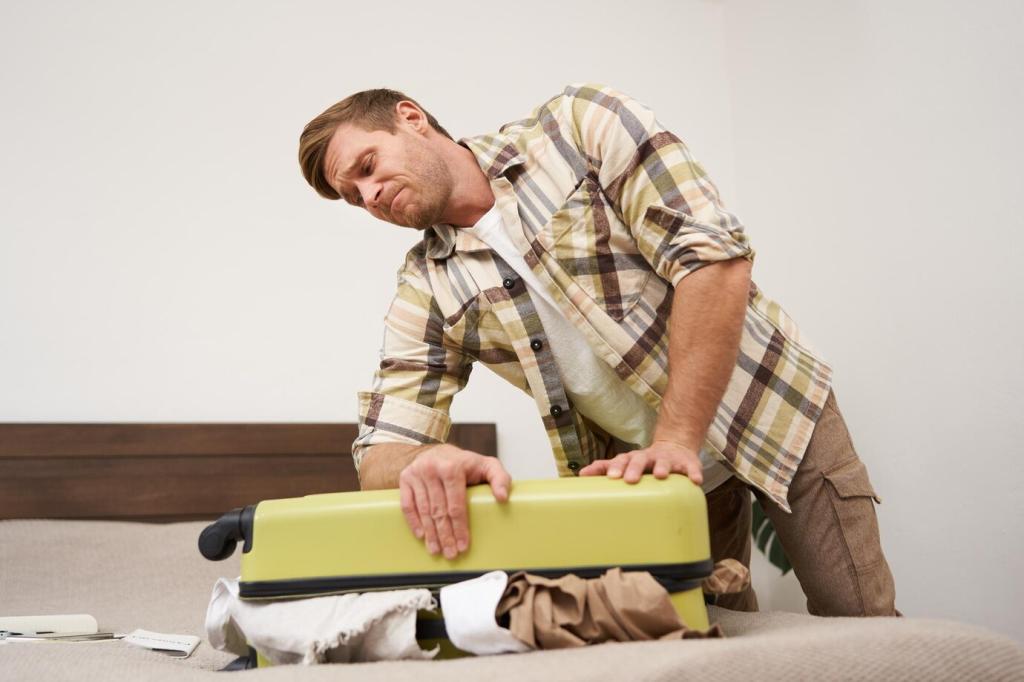Preparation: Clean, Assess, and Set the Scene
Start dry: a soft brush lifts grit from carvings and mouldings. Then use a small amount of pH-neutral soap diluted in water on a barely damp cloth, followed by a dry wipe. Patience keeps moisture from seeping into joints and veneers.
Preparation: Clean, Assess, and Set the Scene
White rings usually come from moisture in shellac or lacquer. Gentle heat from a hair dryer on low, moved constantly, can release trapped moisture. Sticky wax build-up often lifts with a light pass of odorless mineral spirits and a clean cloth.







